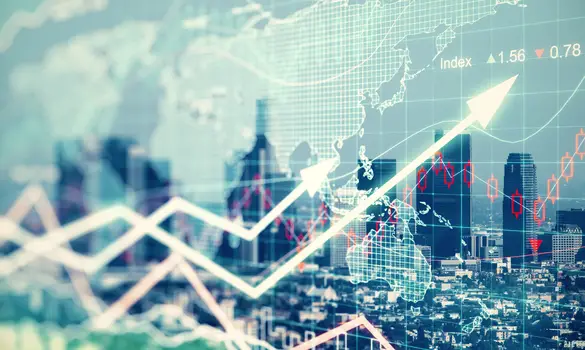Without much debate, the forex market is categorically one of the most complex financial markets in the world. At a glance, it may look like just a simple task of buying and selling currencies/commodities and making a profit; but in reality, this is not the case. It requires lots of study to understand the basics of how the markets work and it also requires awareness. This means that you need to have your ear on the ground for any news that may affect currencies or commodities in any way.
Pursuing forex trading without the necessary tools can be likened to traveling to a remote location where you’ve never been to without a map. Even if you know where you are going, you need a map to guide you and give you a sense of direction. Without direction, one cannot reach their destination. In forex trading, the economic calendar is your map.
Economic Calendar
Compared to stock markets which mostly operate within a country’s borders, the forex market operates on a much larger scale and is less centralized. This is to say that currency pairs and commodities are exposed to global factors whereas the stock markets are mostly exposed to national factors.
Every country has its own economic calendar that shows a list of all the economic events that take place over the financial year. However, it is virtually impossible for the forex market signals be affected by every country’s economic events. As such, most forex brokers put together a weekly forex news calendar that covers the major global economic announcements.
It is for this reason that only economic events associated with major international currencies such as the US dollar, Australia Dollar, Canadian Dollar, Euro, Pound Sterling, Japanese Yen are able to cause any ripples in the forex market. In order to be aware of these factors, every forex trader needs to keep track of an economic calendar.
Where To Get The Economic Calendar
The economic calendar can be found on various reputable websites. As a matter of fact, most forex brokers offer reliable daily forex calendars. In most cases, they are usually live forex news calendars so this allows the trader to track economic events as they happen.
How To Use The Daily Forex Calendar
Forex trading is a skill that requires a great deal of patience. So if you want to make money trading in the forex market, you have to be a very strategic trader.
Planning in advance helps you make educated decisions rather than reactive decisions. This is very important especially because your hard-earned cash is on the line. Pair this with the statistics that only one out of every 10 traders makes money from the forex arbitrage market and you will understand the how crucial it is to plan properly.
Consider following the below steps in order to make the most out of the forex market.
Choose A Time To Trade
Depending on the time zone in which you live, you can align your trading times accordingly. The good thing about the forex market is that it is open almost 24hrs a day. This is not to say that you should sit and stare at forex charts for 24 hours but instead, look for the time when you can maximize. There are 4 major trading sessions during which you can choose to trade
- London session – GMT 08:00 – 16:00HRS
- New York session – GMT 13:00 – 21:00HRS
- Sydney session – GMT 21:00 – 0500HRS
- Tokyo session – GMT 23:00-0700HRS
From the listed events on the forex news calendar select the events that are most relevant to the currencies/commodities that you trade on a regular basis. For example, if you trade the EUR/USD pair, it would be beneficial to plan your trading around major announcements that affect these two currencies. Examples of such economic events include the release of interest rate changes, employment data, inflation, GDP and trade balance.
Other Factors To Consider
While it is important to pay attention to the live forex news calendar, it is still crucial to study the charts and have a good understanding of price action.
Price action analysis refers to studying previous performance (price) of a certain currency or commodity over a period of time and using these trends and prices to determine possible future movements. Most successful traders will draw horizontal lines on their charts and label them as areas of support and resistance.
The price of a currency pair or commodity hardly ever moves in an infinite straight or diagonal line. Instead, it often bounces between a higher price range (resistance) and a lower price range (support). If you are study a price chart in great detail, then you will be in a position to see these zones thereby making the most out of your trades.
 Business First Family Business, Accounting, Finance, Investing, Marketing And Management
Business First Family Business, Accounting, Finance, Investing, Marketing And Management
